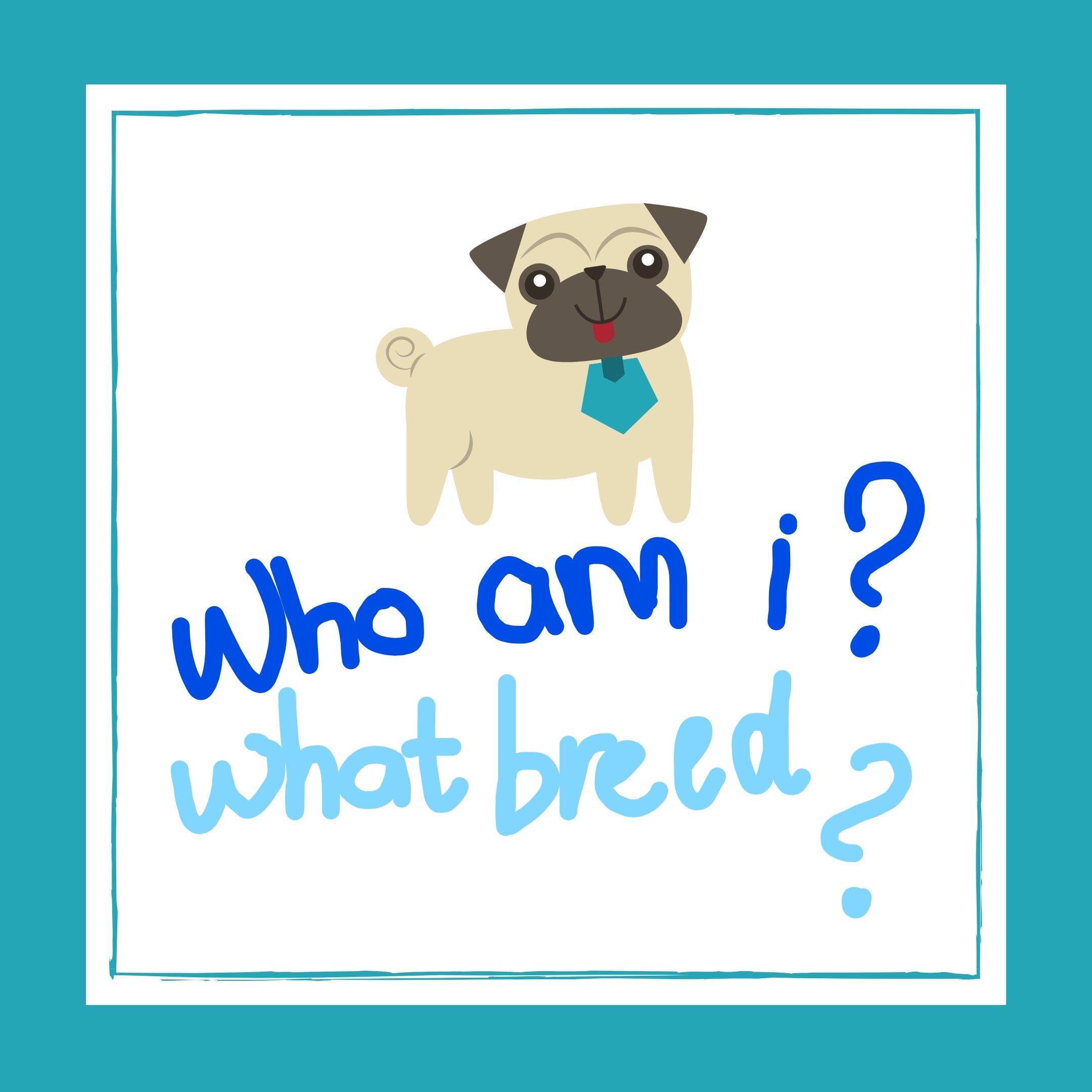Parvovirus - the canine deadly disease
One of the dog diseases Canine Parvovirus or Parvo can be deadly and can happen in any dogs. It spread from contaminated faeces and passes through the dog's mouth or through licking paws. Also known as type-2 or CPV-2, this virus can survive outside a dog up to six months. Some dogs may be survived from the infection and immune to the disease after that.
Parvo was believed to have its' first outbreak in North America, Europe and Australia somewhere in 1976. When the first outbreak occured many puppies died suddenly. At Cornell University, the research suggests that this disease is from a form of feline parvo or related form occures in foxes. The virus from the contaminated faeces penetrates the tonsils in the throat, through the lymph system and bloodstream to the lining of the intestines, thymus gland, lymph nodes and bone narrow.
The virus can contaminate the area for months. It is advised that if your dog had Parvovirus disease previously, you should avoid getting another pet in a short period of time. Disinfect the area. The virus somehow, resistant to many household cleaning solutions such as detergents, soaps and disinfectants but not to chlorine bleaches. If a dog in the house is infected by the virus, clean the area with solution and one part of bleach in hot water for about 15 to 20 minutes then rinse with water.
Symptoms of Parvovirus : vomiting, diarrhoea sometimes with blood, abdominal pain, lethargy, sometimes fever, some may have loose or bulky stools.
Diagnosis : Vet will usually test the stool to indentify the virus antigen. Simple blood test may perform but false results are common because of maternal antibodies or antibodies from vaccination.
Treatment : Antibiotics are used to prevent the bacterial infection to the bloodstream from the damaged intestines. Shock control, pain control and prevention of dehydration are necessary. The dog will dehydrate due to the fluid loss during diarrhoea.
What measure you should take to prevent Parvovirus
Vaccination is vital in dogs although it does not give 100% protection. It is important to vaccinate your puppy of 14 weeks old and above, any vaccination before 14 weeks will not work because the pup's maternal antibodies from the mother will destroy the vaccine, after the maternal antibodies gone than the vaccine will take effect. Having saying it, now there is a type of vaccine called INTERVET which can combat the maternal antibodies and may be used on puppy as young as 10 weeks old.
If your dog does not mix around with other dogs, or just confined within your premises without going to the dogs park, then it is ok to vaccinate him slightly later by 20 weeks. This is because the maternal antibodies will last up to 20 weeks.
If you always bring your dog to the park, keep your eyes on him and make sure he does not pick up other dogs' poo or step onto it. Clean your dog's mouth and paws with warm soap cloth after outing.
Dog breeds that are prone to Parvovirus Disease
Mostly Pit Bull Terrier, Doberman, English Springer Spaniel and Rottweiler.
Questions and Answers which some dog owners may need to know
Q - 1 : How do I prevent my dog from going near to other dog's poo, my dog somtimes likes to snift his own poo and sometimes even licks a little!
A : Well, you can always standby something smells sharp or hot such as chili sauce or tabasco or in Asia you may use oilment medicated oil and have a few drops to the poo immediately after he has done his "business"! After a few times his instint will tell him not to go near faeces again. It is important not to let your dog comes in contact with faeces with his mouth because it can be infected by deadly disease called Parvovirus.
So always practise hygenic habit. You must make it a habit to use a warm cloth with soap to clean you dog's mouth and paws after coming back from a scroll or a dog park.
News about a Canine Parvovirus case where the dog owner sued a pet farm owner
Questions and Answers about other problems dog owners encounter
Sitemap
Homepage






